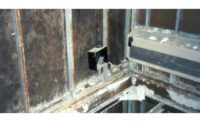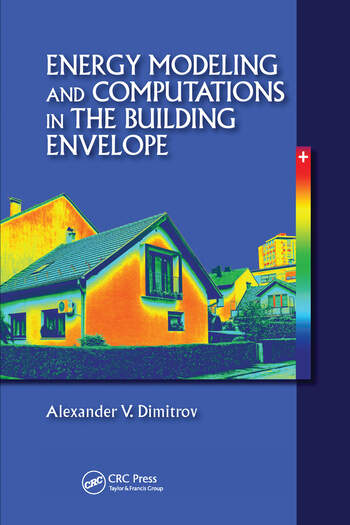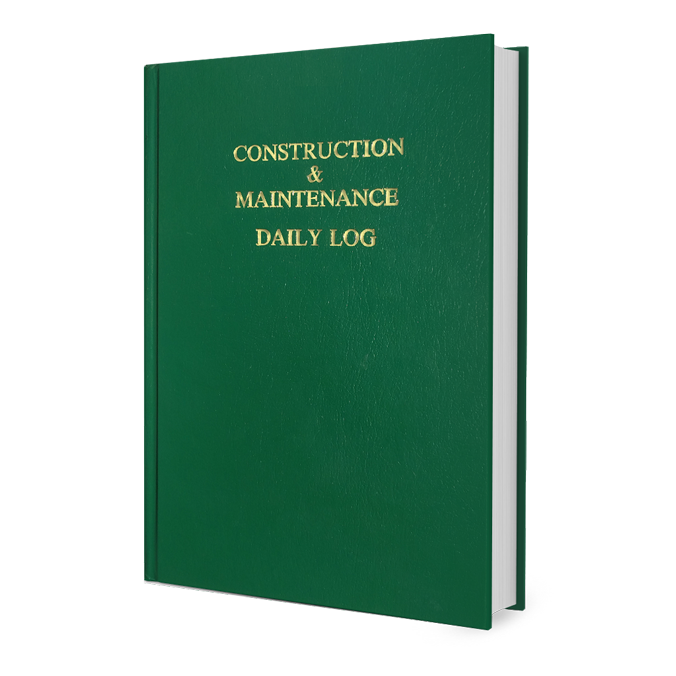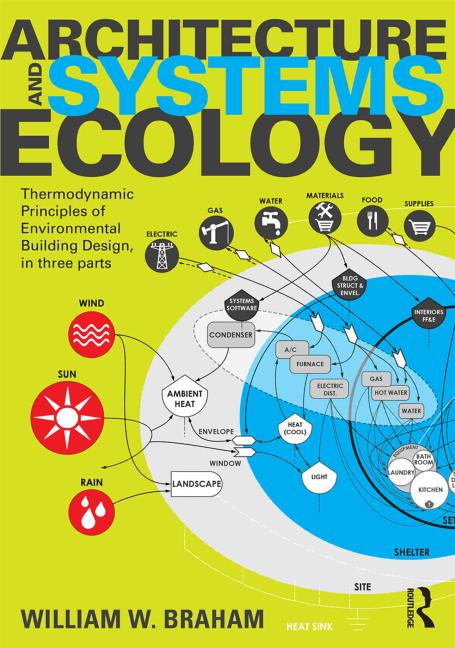Meeting the Global Standard in Moisture Measurement




Flooring failure due to excessive moisture is a constant risk if the concrete isn't properly tested before the floor covering is installed. Bonding failures, delamination, microbial growth, unsightly degradation of coating and flooring materials—these are all potential flooring failures that might result when a concrete slab holds too much moisture when covered.
A number of tests, and their related ASTM standards, exist to help you measure a concrete slab's moisture condition. In fact, you probably have moisture testing specified in your construction documents. But are you specifying the right moisture condition test? There's one test—an in situ relative humidity (RH) test (ASTM F2170)—returns scientifically valid results and provides you with the critical information you need to know regarding whether the concrete slab is ready to adhere to its floor covering for the long term.
According to Howard Kanare, former Senior Principal Scientist with CTLGroup, a wholly-owned subsidiary of the Portland Cement Association, “Relative humidity is the only method that’s necessary because it reveals the true moisture condition within the concrete, which is what the floor covering will see after it’s installed.”
Other Popular Test Methods in the United States
In the United States, another frequently used concrete moisture condition test is the calcium chloride (CaCl) test, standardized by ASTM as the moisture vapor evaporation rate (MVER) test. Yet, even by ASTM's own standards, this test can't be used on all types of concrete.
There are two fundamental flaws of the CaCl test. First, it only measures the moisture condition on the top of the slab. The test is performed by placing desiccant crystals on the slab and measuring their weight change after a set period of time. The premise is that the crystals absorb the vapor, thus becoming heavier. By gauging their weight gain over a period of time, you can presumably assess the moisture condition of the concrete. Unfortunately, you can't.
When concrete dries, the moisture evaporates upwards. All the moisture deep below the surface can't start to move up until the upper levels have dried. So any method that only tests moisture on the surface ignores the majority of moisture sitting below. The same is true for hand-held moisture meters, which only measure moisture at or near the surface of the slab. In addition, the moisture condition at the surface is greatly affected by the ambient conditions around it. Local air temperature and flow, its RH, can all corrupt the results of the surface test. This is the first fundamental flaw.
The second fundamental flaw in the CaCl/MVER test is its lack of scientific foundation. The original CaCl test, prior to standardization, used a qualitative eyeball test. Do the crystals look too wet? Must be too much moisture. The MVER test has quantitative standards: if a certain amount of moisture evaporated within a specified time frame—the concrete contains too much moisture. The problem here is that there's no scientific basis justifying those quantitative standards.
A team at CTLGroup, led by Kanare, performed scientifically-controlled experiments on both the MVER and RH test. They discovered that the MVER test returns a high number of false positives and false negatives. In contrast, the in situ RH test, which places a sensor strategically inside a slab, provides reliably accurate results. You can watch Kanare demonstrate the tests conducted, some of which were years in the making, and analyze their results, by enrolling in the AIA-approved course, Moisture Testing of Concrete Floor Slabs.
The Science behind the Reliability and Accuracy of the RH Test
RH testing is one of the most widely used moisture condition tests for concrete. In fact, the ASTM F2170 standard is largely based on an RH test procedure known as the NordTest that came out of Scandinavia. Scientists at the Technical University of Lund (Sweden) conducted their own scientific experiments to identify the proper depth at which an RH probe could yield the most accurate and useful results. Their research was an important factor in the development of the NordTest.
Thus, significant scientific research in Sweden, the United States, and elsewhere validates the accuracy of the RH test. But why is it exactly that the RH test is so accurate?
First, it's measuring RH within the concrete and not at the surface, making it well-suited as an indicator of the moisture condition one can expect within the concrete following the installation of the flooring. This is key information for knowing whether the flooring installation will prove successful over time. No concrete slab is ever entirely free of moisture. Different flooring adhesives and coverings can tolerate different moisture conditions without failing.
Once the floor covering is installed, the remaining moisture is trapped in the slab. No more evaporation. With nowhere else to go, the moisture that remains will tend to equilibrate throughout the slab. This becomes the point of moisture equilibrium. It's the moisture condition of the slab on which the flooring will have to sit for the long haul, and this means it’s the moisture condition that will dictate whether the flooring sticks or fails.
In situ RH sensors inserted into the slab measure the RH deep within the concrete and, as we’ve learned, this is exactly where measurements should be taken to get a true picture of the moisture condition of the slab. The use of in situ RH sensors also avoids a common problem with any surface test—sensitivity to ambient conditions and frequent misleading results.
Learn More about the Science of Moisture Testing
For these reasons, the RH test, as standardized in ASTM F2170, is a great, accurate way to measure concrete's moisture condition. Want to learn more? Enroll in the free AIA-approved course with leading expert Howard Kanare, who examines the science supporting the accuracy of the RH test.
Not only will you appreciate better the science behind the test, but you’ll learn just how fast, easy, and reliable it is to conduct an ASTM F2170-compliant test that accurately documents the moisture condition of any concrete slab.
Looking for a reprint of this article?
From high-res PDFs to custom plaques, order your copy today!











